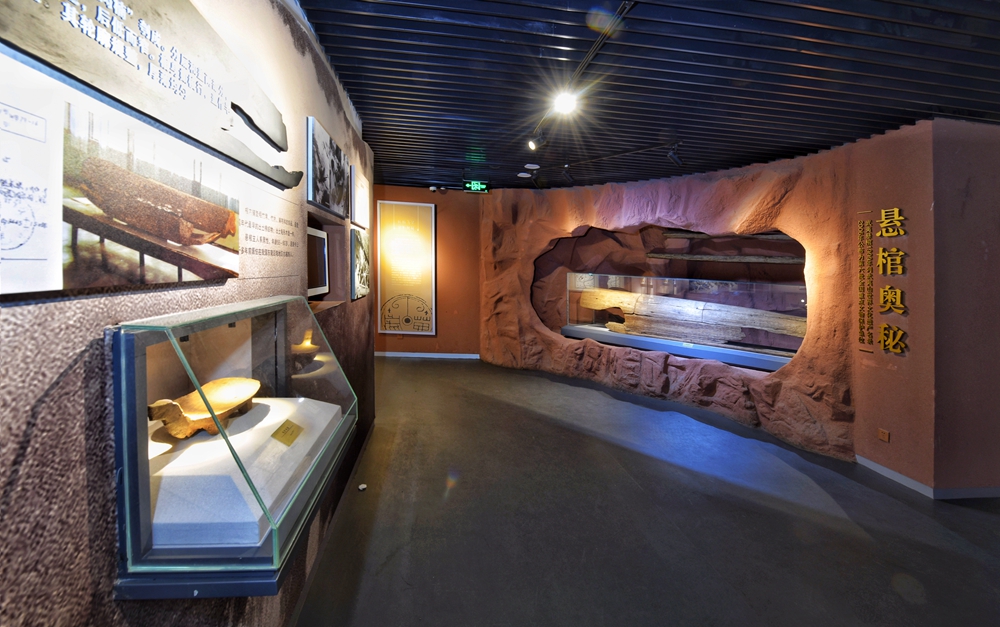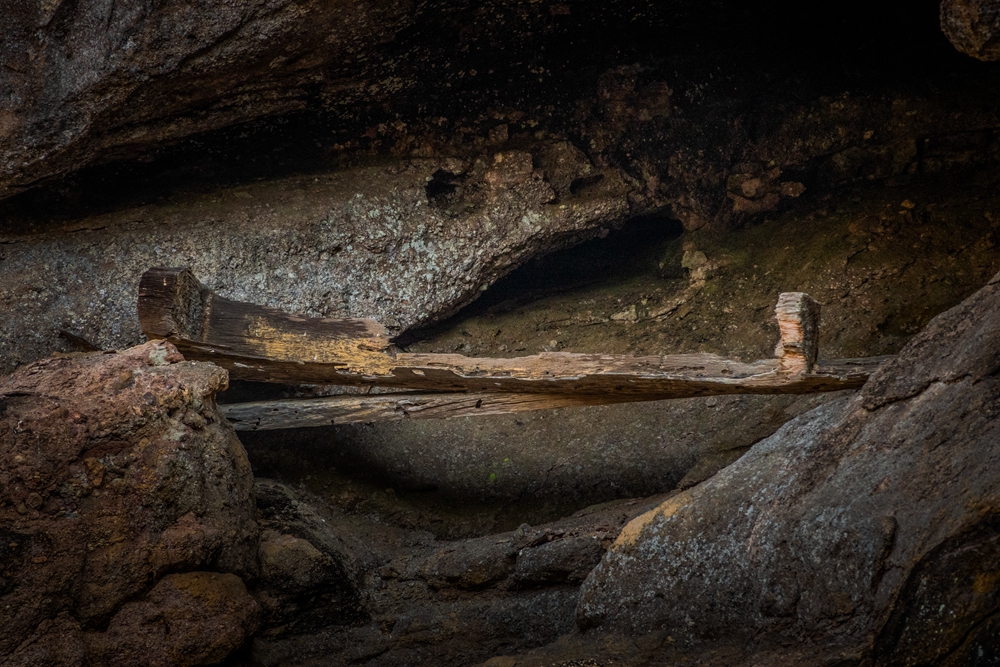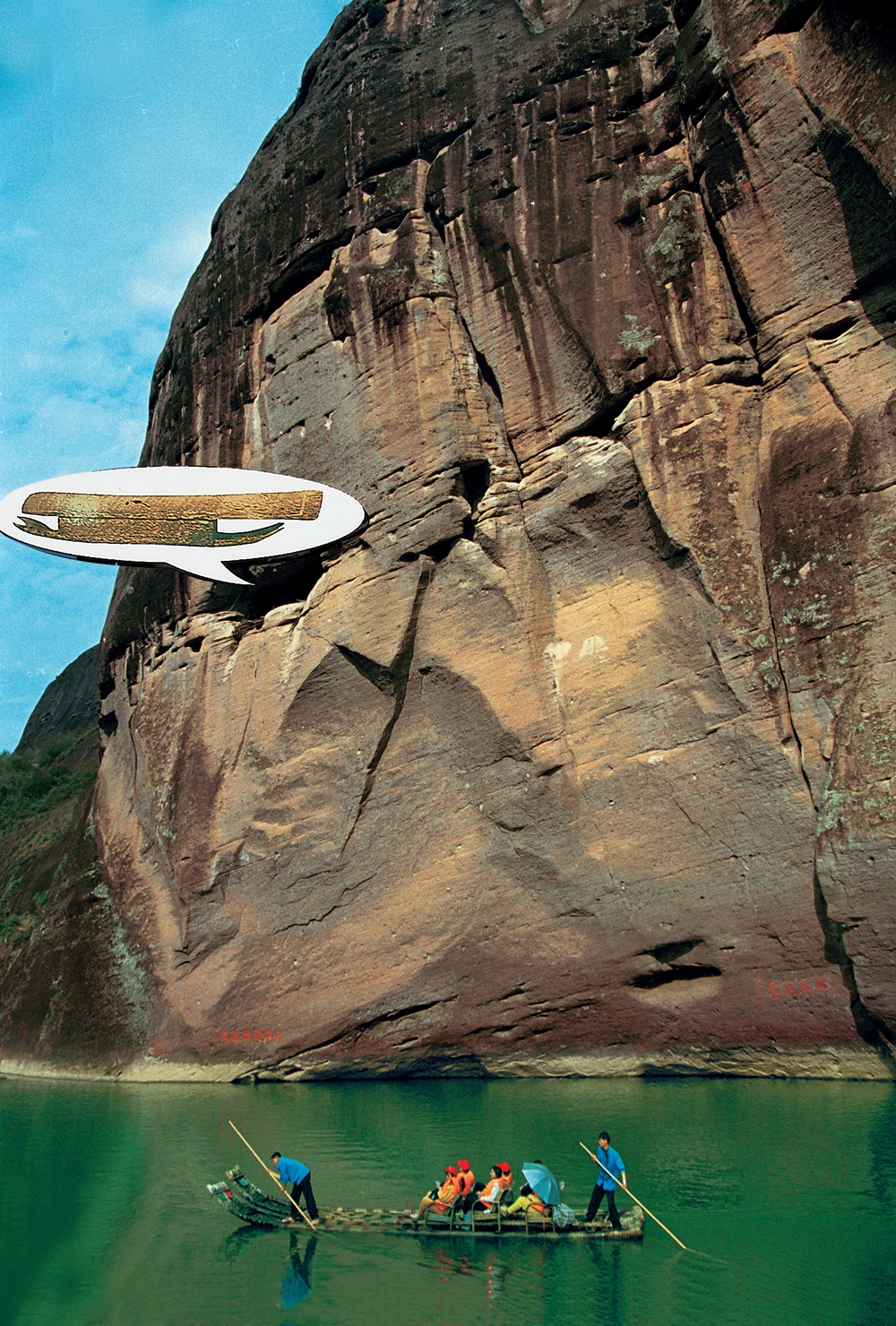Cliff Tomb Cluster in Mount Wuyi
2021-07-19 18:39:03



The Cliff Tomb Cluster in Mount Wuyi refers to wooden coffins preserved in the crevice of rocks that resemble Jiangnan black roof boats, which is alternatively known as gully boat,immortal scull, immortal boat, open boat, room of immortal, golden coffin, immortal ship, Agarwood boats, boat coffins and the like and is a kind of burial implements for forebears of the ancient Min people in Mount Wuyi. With the unique shape being divided into two parts namely the bottom and the cover, it is 3-5 meters in length and is made of whole nanmu or other hard high-quality woods that is nested up and down. Its front is high and spacious, and back is low and narrow. The two ends are upturned and resemble a boat. The buried objects in the coffin cover herringbone bamboo mats, fine brown, tortoise-shaped wooden plates, carbonized silk, cotton, hemp, ramie and other textiles and pottery, bronze and other living utensils. They are all tested as relics of the Bronze Age dating back to 3,750-3,295 years ago. The fabric of cotton cloth is the earliest cotton textile material detected in our country to date. A tally of 18 sites covering more than 20 coffins and over 100 Hongqiao slabs have been discovered so far.
The burial custom of hanging coffins prevailed in ancient South China and Southeast Asia area. It's confirmed by specialists that hanging coffins in Mount Wuyi are among the earliest ever traced and are the most unique in shape, and have imposed a certain influence on burial customs of hanging coffins elsewhere. And hence Mount Wuyi is considered fountainhead of hanging coffins. It is a precious material for probing into the history of pre-Qin period in South China and for exploring the ancient Min culture that has vanished from history. As one of the “Wuyishan Historic Sites”, the Cliff Tomb Cluster in Mount Wuyi was announced as among the second batch of cultural relics protection sites by the People's Government of Fujian Province in 1985. And in May 2006, the State Council announced it as among the sixth batch of national key cultural relics protection sites. It was incorporated in the World Cultural and Natural Heritage List in 1999.